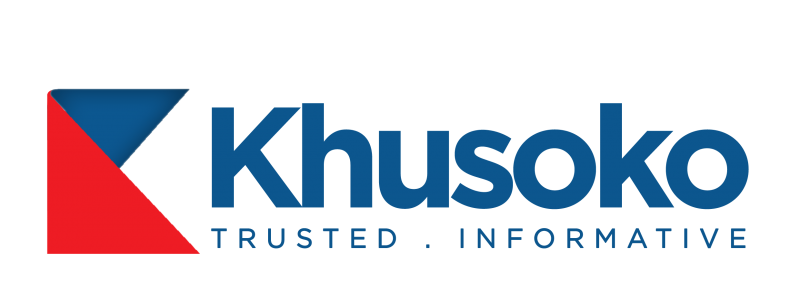Kenya’s annual inflation rate rose to 4.1% in July 2025, up from 3.8% in June, marking a three-month high and matching the peak reached in April.
The uptick was largely driven by rising costs in essential items, with fuel, electricity, and food leading the charge.
Key Drivers of Inflation in July
| Category | Change (YoY) | Change (MoM) |
|---|---|---|
| Food | +6.8% | — |
| Transport | +4.1% | — |
| Cooking Gas | +17.7% | +6.7% |
| Electricity | — | +5.4% |
| Maize | +20.3% | — |
| Sugar | +17.5% | — |
| Cabbages | +18.4% | — |
According to the Kenya National Bureau of Statistics, elevated prices in food, utilities, and transport continue to strain household budgets. Monthly inflation eased to 0.1% in July, down from 0.5% in June, offering a brief reprieve.
Kenya Inflation by Key Drivers (Jan–Jul 2025, YoY % Change)
| Month | Food & Non-Alcoholic Beverages | Transport | Housing, Water, Electricity, Gas & Fuels |
|---|---|---|---|
| Jan 2025 | 6.1% | 3.0% | 2.2% |
| Feb 2025 | 6.3% | 3.2% | 2.4% |
| Mar 2025 | 6.5% | 3.4% | 2.6% |
| Apr 2025 | 7.1% | 3.8% | 2.9% |
| May 2025 | 6.3% | 2.3% | 1.8% |
| Jun 2025 | 6.6% | 3.2% | 2.0% |
| Jul 2025 | 6.8% | 4.1% | 1.3% |
- Food & Non-Alcoholic Beverages: This category remained the most inflationary, driven by price surges in staples like maize grain, tomatoes, and sugar.
- Transport: Fuel price hikes, especially petrol and kerosene, pushed transport inflation higher, with July seeing notable increases.
- Housing & Utilities: Inflation eased here, but electricity and cooking gas costs still contributed to upward pressure.
NCBA Commentary: Risks Mount Despite Global Price Relief
NCBA notes that inflationary momentum is being fueled by domestic energy price adjustments, particularly the hike in the road maintenance levy and the expansion of oil marketers’ margins, which have kept pump prices elevated.
Despite a projected 7% decline in global energy prices this year, local tax structures are muting the pass-through effect.
On the food front, NCBA highlights seasonal supply shortfalls and regional trade restrictions as key contributors to rising prices.
While the government’s directive to import 500,000 metric tonnes of duty-free milled rice may ease rice prices, new minimum wheat prices set by the Agriculture and Food Authority could support local production—though weather variability remains a wildcard.
Monetary Policy Outlook
Since June 2024, inflation has remained below the 5% threshold, allowing the Central Bank of Kenya (CBK) to cut rates by 325 basis points to 9.75% to stimulate credit and growth.
Kenya Monthly Inflation Rates (Jan 2024 – Jul 2025)
| Month | Inflation Rate (YoY) |
|---|---|
| Jan 2024 | 6.9% |
| Feb 2024 | 6.4% |
| Mar 2024 | 5.7% |
| Apr 2024 | 5.0% |
| May 2024 | 4.6% |
| Jun 2024 | 4.3% |
| Jul 2024 | 4.0% |
| Aug 2024 | 3.8% |
| Sep 2024 | 3.6% |
| Oct 2024 | 2.7% |
| Nov 2024 | 2.8% |
| Dec 2024 | 3.0% |
| Jan 2025 | 3.3% |
| Feb 2025 | 3.5% |
| Mar 2025 | 3.6% |
| Apr 2025 | 4.1% |
| May 2025 | 3.8% |
| Jun 2025 | 3.8% |
| Jul 2025 | 4.1% |
YoY = Year-over-Year inflation, measuring the percentage change in prices compared to the same month in the previous year.
However, NCBA warns that the risk of inflation breaching the 5% midpoint target has increased, narrowing the CBK’s room for further easing.
With core inflation inching up to 3.1%, the CBK’s upcoming Monetary Policy Committee meeting on August 12 will be closely watched.
The current inflation trajectory may prompt a reassessment of its dovish stance, especially as domestic demand shows signs of gradual recovery.




